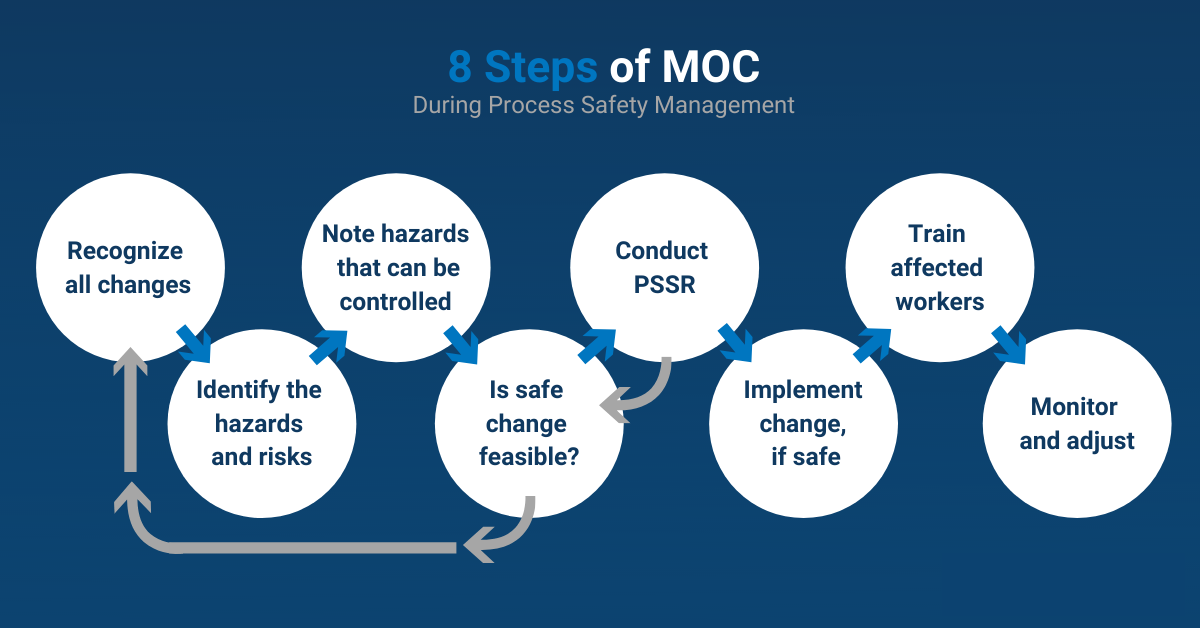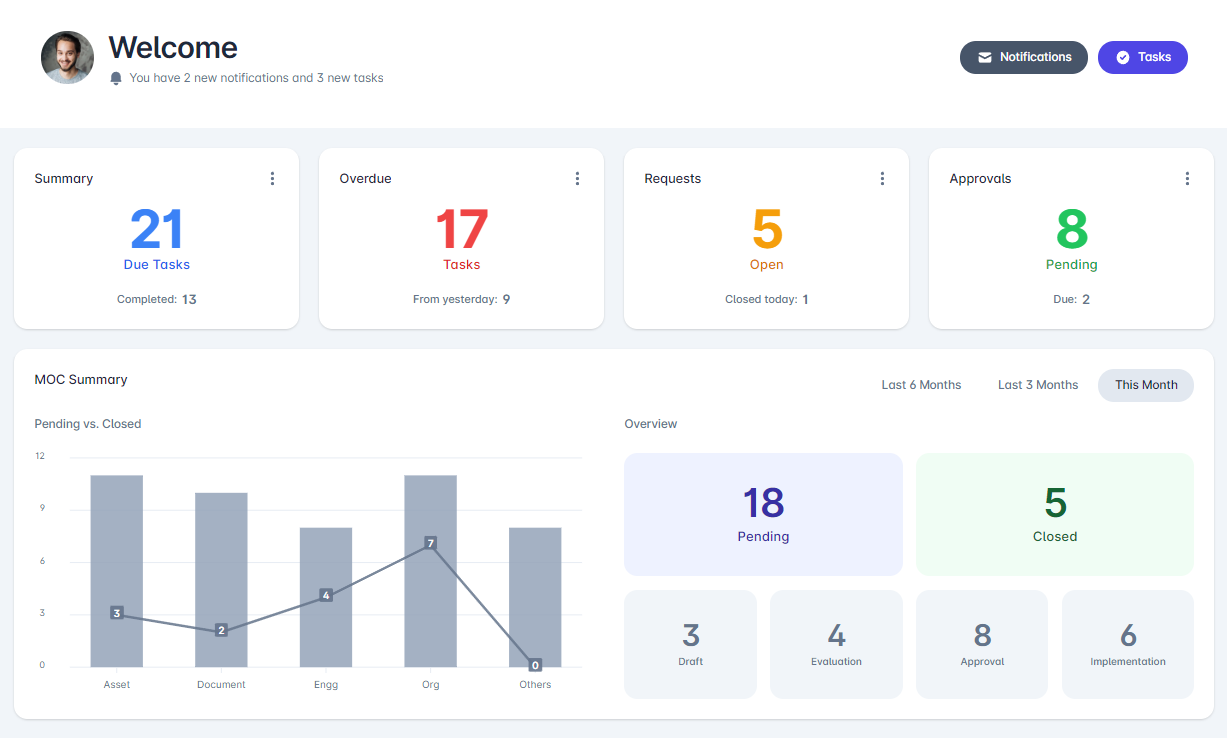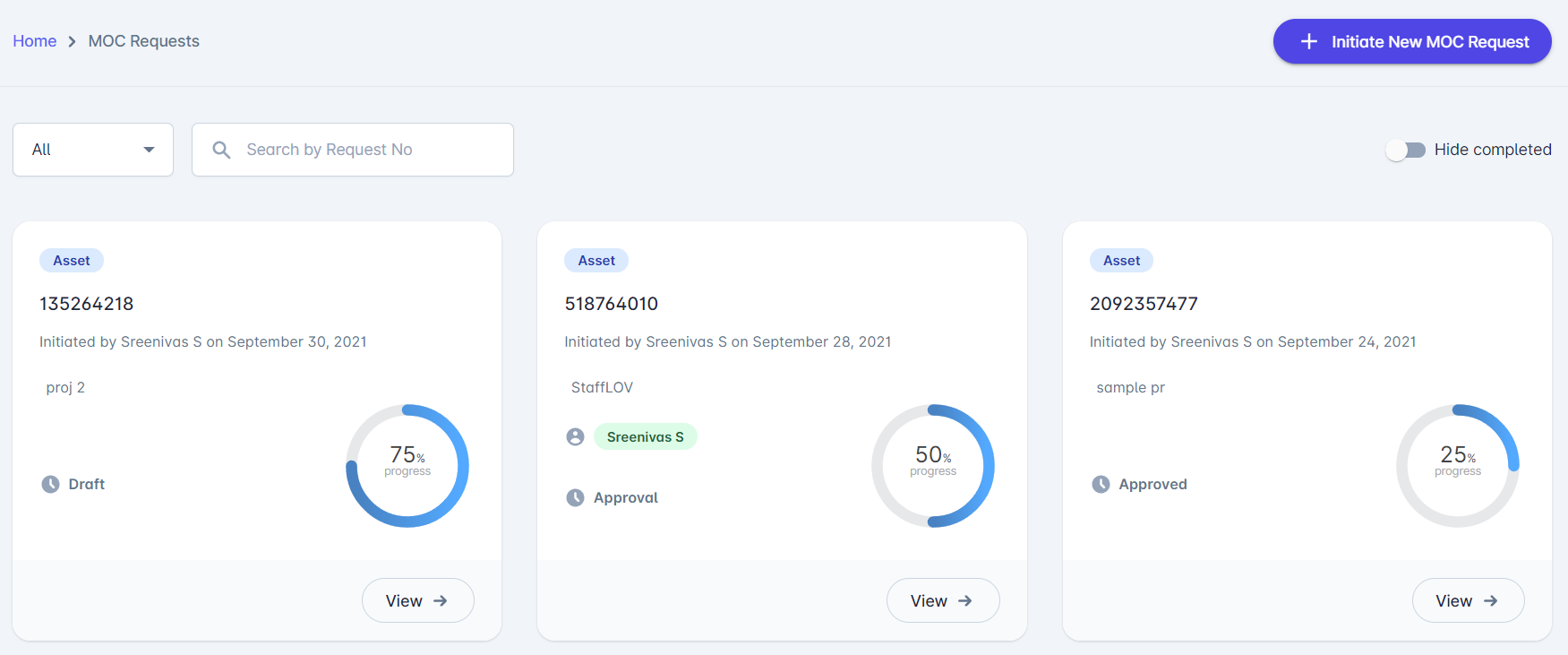Pulz MOC
An effective management of change program will improve safety levels, production and product quality, regulatory compliance, environmental performance and preserve company reputation.
Management of Change (MOC) is a systematic approach to dealing with organizational change, typically in industrial facilities and operations.





